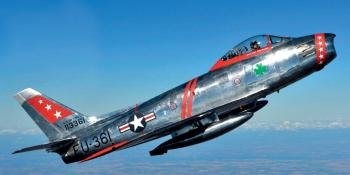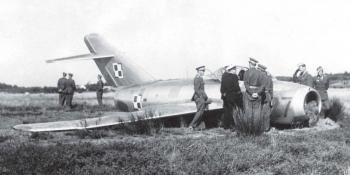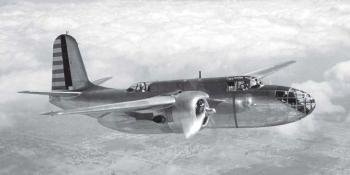
On 8 March the Air Accidents Investigation Branch published its report on the wheels-up landing of Naval Aviation Ltd’s de Havilland Sea Vixen FAW2, XP924/G-CVIX, on 27 May 2017, upon returning to its base at Yeovilton following a display at Duxford. The report summary reads, “The pilot had slowed the aircraft and was configuring it for landing, but despite several attempts, using the normal (green) and stand-by (red) hydraulic systems, the landing gear failed to unlock and lower. After consultation between the pilot, air traffic control and the operator’s chief engineer, the decision was taken to do a wheels-up landing. This was carried out; the pilot landed the aircraft and came to a stop on the runway without further incident. The pilot made the aircraft safe and vacated the cockpit unaided.
“The landing gear failed to lower because of a mechanical break-up within both the normal and stand-by hydraulic systems pumps. The break-up was caused by seizure of the pistons within the hydraulic pumps, probably due to the presence of a contaminant. Forensic work is continuing to identify the contaminant and its source.”
The pilot, Cdr Simon Hargreaves OBE, was awarded a ‘green endorsement’ commendation, his airmanship minimising damage to the aircraft. Rear Admiral Keith Blount, the Assistant Chief of the Naval Staff, cited Hargreaves for exceptional skill in the incident. Navy Wings is seeking funds for the Sea Vixen’s rebuild: see www.navywings.org.uk.





